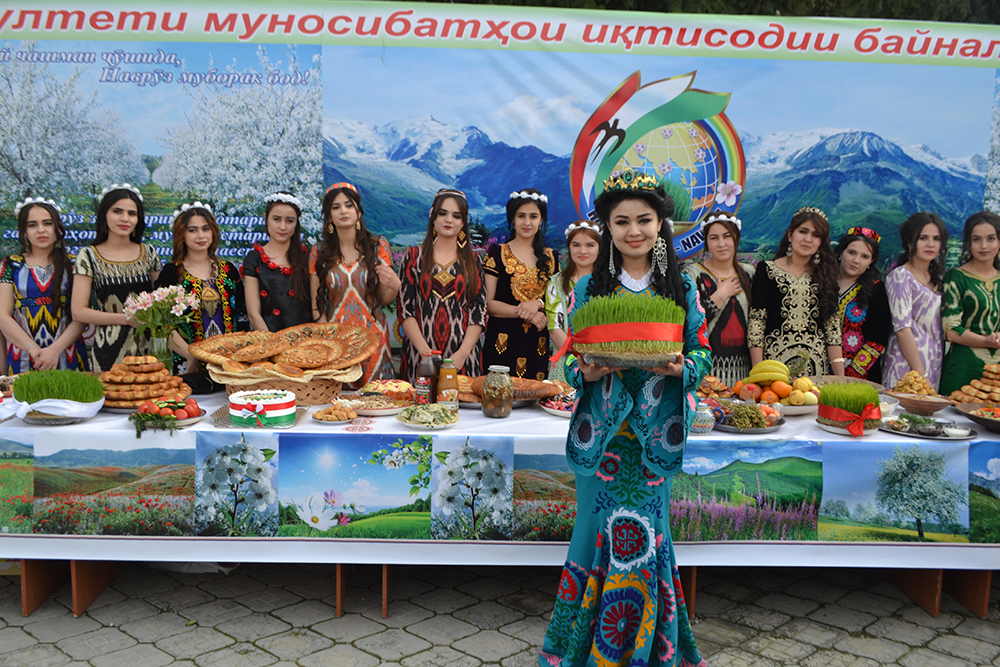FROM THE ORIGIN HISTORY OF NAVRUZ
Navruz is a very ancient holiday of the Tajik people, its history goes back more than six thousand years.
During this long historical period, this great holiday of our ancestors, in favor of the peoples and nations of the indigenous race, especially the Tajiks, has repeatedly encountered religious opposition, tribesmen and ill-wishers, it has experienced various events and contradictions of eras. and once, and officially turned into an international holiday.
The acceptance of Navruz as a universal holiday testifies to its greatness, deep cultural-historical, legal and social roots, is proof of the recognition of the Aryan civilization, including the Tajiks.
Navruz is the beginning of the year, the equality of night and day, the holiday of the new year, the holiday of the awakening of nature, the holiday of cultivation and labor, which has been celebrated by the Mashrikzamin people since ancient times. Nowruz is the time when the life-giving sun rises, winter is replaced by spring, and sleeping nature awakens and becomes even more charming and beautiful.
The bride of the season adorns the mountains with green, black and tulip velvet carpets. A spring cloud illuminates the plains and valleys. Clear springs and rivers flow restlessly.
Scholars and poets Shamsuddin Dimashqi, Abuabdullo Rudaki, Aburaihoni Beruni, Umar Khayom, Nosir Khusrav and others created many works about Navruz and the beautiful nature of this season.
"Nuhbat-ud-dar fi adhamalil-barr wal-bahr" ("Fragments of Time from the Wonders of the Sea") by Shamsuddin Dimashqi (1258-1327) is one of the works written in the genre of "wonders". One of the chapters of this book is devoted to the rituals, festivals, ceremonies, and religions of the Iranian people. On the eve of the holiday, it is appropriate to recall the glory of Navruz from the perspective of this medieval author.
According to Shamsuddin Dimashqi, the Iranian people celebrated many holidays and traditions, the most famous of which were Navruz, Mehrgon, Sada, Tirgon, Bahmanja and Nishasti Qusa.
Navruz, Dimashki notes, means "new day," and it is said that on this day God created light, that is, the sun and turned the heavens.
Navruz is associated with good hopes and dreams and makes a person fall in love with a happy future, increases the taste for life, work and creativity.
With this purpose, the staff of Faculty №4 of the Academy of the Ministry of Internal Affairs of the Republic of Tajikistan also seriously prepared for the celebration of Navruz by tidying up their neighborhoods and planting fruit and shade plants. Not only the courtyards and gardens, but also the rooms and corridors were decorated with fresh draperies and wall paintings heralding the arrival of spring with refreshing homemade flowers.
"The purpose of celebrating Navruz is to bring fresh energy, willpower and a start to future accomplishments, efforts and programs."
In fact, they said, if everyone welcomes Navruz with joy and happiness, with purity and abundance, the new year will be a year of happiness and blessings.
avkd.tj
translated
Ruzimuhammad Ismoilov

